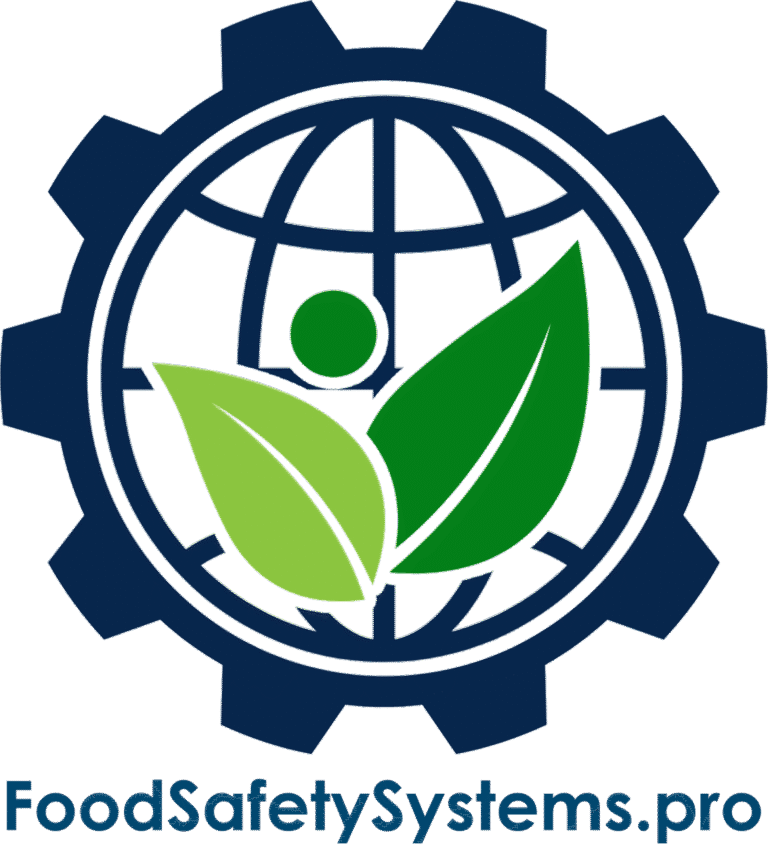Product Recall/Withdrawal Procedure
Compliance Article: SQF Module 2.9.2
Requirement Overview
SQF Code, Edition 9 – Module 2.9.2 mandates:
“A documented product recall and withdrawal procedure shall be established to ensure the effective, timely removal of unsafe or non-compliant products from the market.”
Key Compliance Objectives
✓ Clear escalation protocols for recall initiation
✓ Defined roles/responsibilities (Recall Team)
✓ Traceability system (1-up/1-down)
✓ Mock recall testing (at least annually)

Step-by-Step Compliance Implementation
1. Develop Recall Procedure
-
Critical Components:
-
• Recall Classification Matrix (Class I-III based on risk)
• Communication Tree (Regulators, customers, public)
• Containment Protocols (Warehouse, distribution)
SQFServices.pro Tools:
-
• Recall Procedure Builder (Pre-loaded templates)
• Regulatory Alert System (FDA/CFIA/EU updates)
Evidence Needed:
-
• Approved recall procedure
• Risk classification guide
- • Recall Classification Matrix (Class I-III based on risk) • Communication Tree (Regulators, customers, public) • Containment Protocols (Warehouse, distribution)
- • Recall Procedure Builder (Pre-loaded templates) • Regulatory Alert System (FDA/CFIA/EU updates)
- • Approved recall procedure • Risk classification guide
2. Establish Recall Team
-
Core Members & Responsibilities:
Role
Key Tasks
Recall Coordinator
Decision authority, regulator liaison
QA Manager
Product testing, root cause analysis
Logistics Lead
Distribution tracking, retrieval
PR/Comms
Customer/consumer notifications
FoodSafetySystems.pro Support:
-
• Digital Role Cards (With contact escalation)
• Recall Simulation Platform
Evidence Needed:
-
• Team assignment records
• Contact availability schedule
| Role | Key Tasks |
|---|---|
| Recall Coordinator | Decision authority, regulator liaison |
| QA Manager | Product testing, root cause analysis |
| Logistics Lead | Distribution tracking, retrieval |
| PR/Comms | Customer/consumer notifications |
- • Digital Role Cards (With contact escalation) • Recall Simulation Platform
- • Team assignment records • Contact availability schedule
3. Implement Traceability System
-
Recall-Ready Requirements:
-
• Lot Code Accuracy: 100% case-level identification
• Time Standard: Full traceability within 4 hours
• Record Retention: Minimum 3 years
FoodSafetySystems.pro Solutions:
-
• Blockchain Traceability (Immutable records)
• Recall Time Calculator
Evidence Needed:
-
• Traceability test results
• Lot code verification logs
- • Lot Code Accuracy: 100% case-level identification • Time Standard: Full traceability within 4 hours • Record Retention: Minimum 3 years
- • Blockchain Traceability (Immutable records) • Recall Time Calculator
- • Traceability test results • Lot code verification logs
4. Conduct Mock Recalls
-
Testing Protocol:
-
• Scenario Selection (Allergen, pathogen, foreign material)
• Time Trial (Track retrieval speed)
• Gap Analysis (Identify system weaknesses)
FoodSafetySystems.pro Resources:
-
• Mock Recall Scenario Library
• Automated Gap Reports
Evidence Needed:
-
• Mock recall reports
• Corrective action plans
- • Scenario Selection (Allergen, pathogen, foreign material) • Time Trial (Track retrieval speed) • Gap Analysis (Identify system weaknesses)
- • Mock Recall Scenario Library • Automated Gap Reports
- • Mock recall reports • Corrective action plans
Common Audit Findings & Recommended Fixes
| Non-Conformance | FoodSafetySystems.pro |
|---|---|
| "No documented procedure" | Emergency Procedure Pack |
| "Slow traceability" | Digital Traceability Upgrade |
| "Uncontactable team" | Recall Communication Drill |
| "Expired mock tests" | Auto-Scheduled Simulations |
Auditor Verification Checklist
Auditors will typically:
-
• Review recall procedure
• Check mock recall records
• Test traceability system
• Verify team training
FoodSafetySystems.pro Prep Tools:
-
• Recall Audit Simulator
• Documentation Quick-Check
Implementation Roadmap
Build Your System
-
✓ Access Recall Toolkit
✓ Schedule Team Training
Test & Validate
-
✓ Conduct Quarterly Mini-Drills
✓ Perform Annual Full Simulation
Optimize Continuously
-
✓ Implement Corrective Actions
✓ Update Contact Lists
Maintain Compliance
-
✓ Monthly Traceability Checks
✓ Bi-annual Procedure Review
Why This Matters?
Effective recall systems:
-
✓ Protect consumer safety
✓ Minimize brand damage
✓ Reduce regulatory penalties
✓ Meet retailer requirements
"FoodSafetySystems.protransforms recall preparedness from a compliance exercise to a brand protection strategy."
Privacy Policy | Terms of Service | Disclaimer
Powered by Consultare Inc. Group, A Compliance Company







